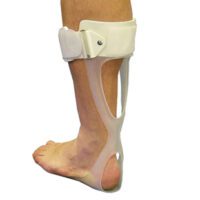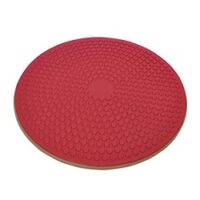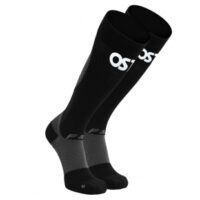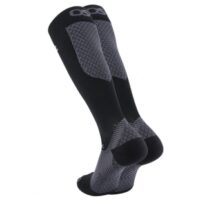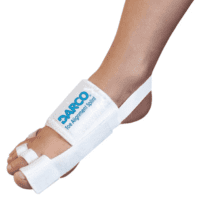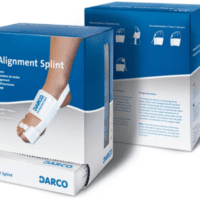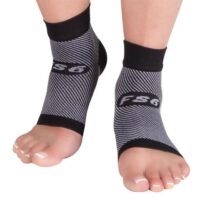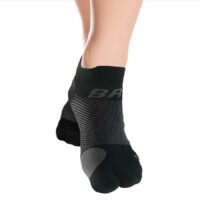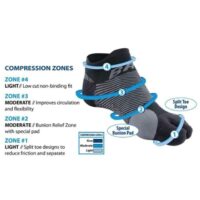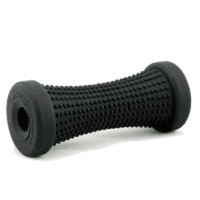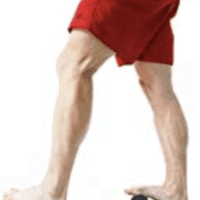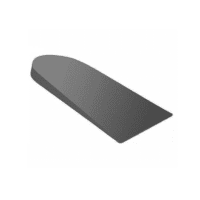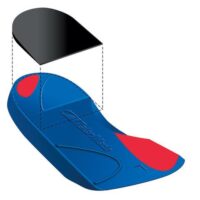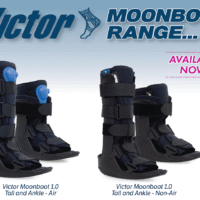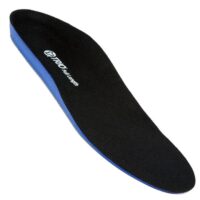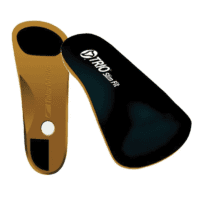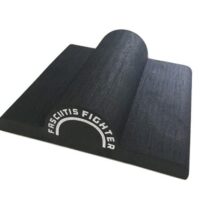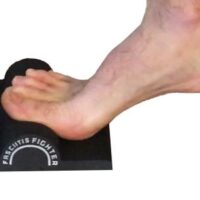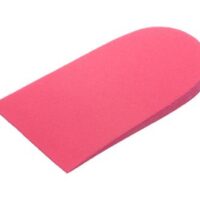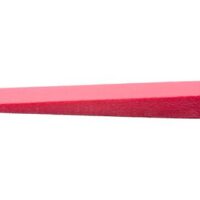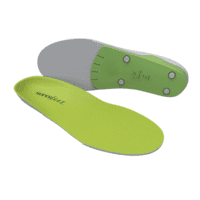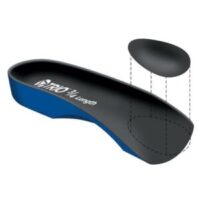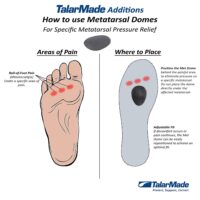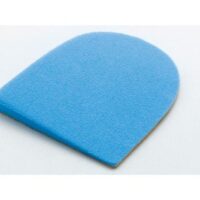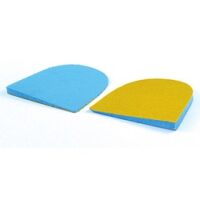Tarsal Tunnel Syndrome
Article by John Miller

Tarsal Tunnel Syndrome
What is Tarsal Tunnel Syndrome?
Tarsal Tunnel Syndrome (TTS) affects the foot, stemming from compression of the tibial nerve. This nerve, an extension of the sciatic nerve, travels down the thigh, extends across the shin’s inside, and branches into the foot. It’s vital for sensation and muscle movement in the foot.
Understanding Tarsal Tunnel Syndrome
TTS involves the compression of the tibial nerve’s end portion as it passes through the tarsal tunnel, located between the Achilles tendon and a bony bump on the ankle’s inner aspect. The nerve also runs under a thick connective tissue band, which can become a source of compression.
Causes of TTS
TTS can result from trauma, overuse of muscles and tendons, complications post-surgery, ankle sprains, and conditions like diabetes and rheumatoid arthritis. It’s crucial for people engaging in activities like marathons to be aware of this risk.
What are the Symptoms of Tarsal Tunnel Syndrome?
The primary symptom someone with tarsal tunnel syndrome experiences is pain. In particular, burning pain along the inner aspect of the ankle or into the bottom of the foot. The following symptoms may also occur:
- Tingling or pins and needles along the inner aspect of the ankle and foot
- Pain with extended periods of walking or standing
- Burning sensation at night
- Weakness in the muscles that bend the toes and fan them outwards
Diagnosis and Treatment
A physiotherapist or doctor can diagnose TTS. Physical tests and, occasionally, nerve conduction studies confirm the diagnosis. Treatment focuses on reducing pain and inflammation, advising on proper footwear, and strengthening muscles in the lower limb. Consistent treatment typically yields improvement within weeks.

Preventing Tarsal Tunnel Syndrome
Prevention strategies include wearing supportive footwear, managing swelling post-injury or surgery, and avoiding sudden increases in high-impact activities.
Benefits of Physiotherapy for Tarsal Tunnel Syndrome
Physiotherapy plays a critical role in the treatment and management of Tarsal Tunnel Syndrome (TTS), offering numerous benefits that facilitate a quicker and more effective recovery.
Accelerated Healing
Physiotherapy techniques, such as manual therapy and ultrasound, may significantly reduce inflammation and pain. These methods enhance blood flow to the affected area, speeding up the healing process.
Customised Exercise Programs
Physiotherapists design tailored exercise programs to strengthen the foot and lower leg muscles. These exercises improve flexibility, reduce stiffness, and prevent future occurrences of TTS.
Improved Mobility
Regular physiotherapy sessions help restore range of motion and mobility. This is particularly beneficial for patients who experience stiffness and reduced movement due to TTS.
Education and Prevention
Physiotherapists provide valuable education on foot biomechanics, proper footwear, and ergonomic adjustments. This knowledge is essential for preventing future episodes and managing symptoms effectively.
Pain Management
Physiotherapy offers non-invasive pain management techniques, reducing the need for medication. Techniques like TENS (Transcutaneous Electrical Nerve Stimulation) can provide immediate pain relief.
Other Treatment Options for Tarsal Tunnel Syndrome
Orthotic Devices
Custom orthotics can be prescribed to correct foot biomechanics and reduce pressure on the tibial nerve.
Lifestyle Modifications
Simple lifestyle changes, such as weight management and avoiding prolonged standing or walking, can alleviate symptoms and prevent exacerbation.
Nutritional Advice
A balanced diet rich in anti-inflammatory foods can support the body’s healing process and reduce inflammation.
Surgical Intervention
In severe cases, surgical intervention may be necessary to release the nerve. Surgery is usually considered when conservative treatments fail to provide relief.
Complementary Therapies
Acupuncture and massage therapy can complement physiotherapy, offering additional pain relief and promoting relaxation.
Conclusion: Embrace Comprehensive Care
Embracing a comprehensive approach that includes physiotherapy and other treatment options can significantly improve outcomes for individuals with Tarsal Tunnel Syndrome. Always consult a healthcare professional for personalised advice and treatment plans.
What to Do?
Seek your physiotherapist’s guidance for an accurate diagnosis and a tailored treatment plan.
Related Articles
- Foot Posture Exercises – This article will likely offer readers exercises to improve foot posture, which can be crucial for managing and preventing conditions like Tarsal Tunnel Syndrome by ensuring proper foot alignment and function.
- Pinched Nerve – This page would discuss the symptoms, causes, and treatments for a pinched nerve, which is relevant for understanding nerve compression issues like Tarsal Tunnel Syndrome, providing a broader perspective on nerve-related foot problems.
- Foot Pain – This article offers insights into various causes of foot pain, including Tarsal Tunnel Syndrome, and suggests possible treatments, helping readers understand the broader context of foot health.
- Plantar Fasciitis – Readers will learn about plantar fasciitis, a common condition related to foot pain, and discover how it can be effectively managed and treated, providing valuable information for those experiencing similar symptoms.
- Pes Planus – Flat Feet – This page discusses flat feet, their impact on foot health, and their potential connection to Tarsal Tunnel Syndrome, offering readers preventive and treatment strategies.
- Metatarsalgia – The article explains metatarsalgia, a condition that causes pain in the ball of the foot, potentially related to or confused with Tarsal Tunnel Syndrome, enriching readers’ understanding of foot pain sources.
- Morton’s Neuroma – Readers will explore the symptoms and treatments of Morton’s Neuroma, another foot condition that can be relevant for those interested in foot health and conditions like Tarsal Tunnel Syndrome.
- Tibialis Posterior Tendinopathy – This article provides information on tibialis posterior tendinopathy, a condition that affects the foot and can be related to or exacerbate Tarsal Tunnel Syndrome, offering insights into diagnosis and management.







